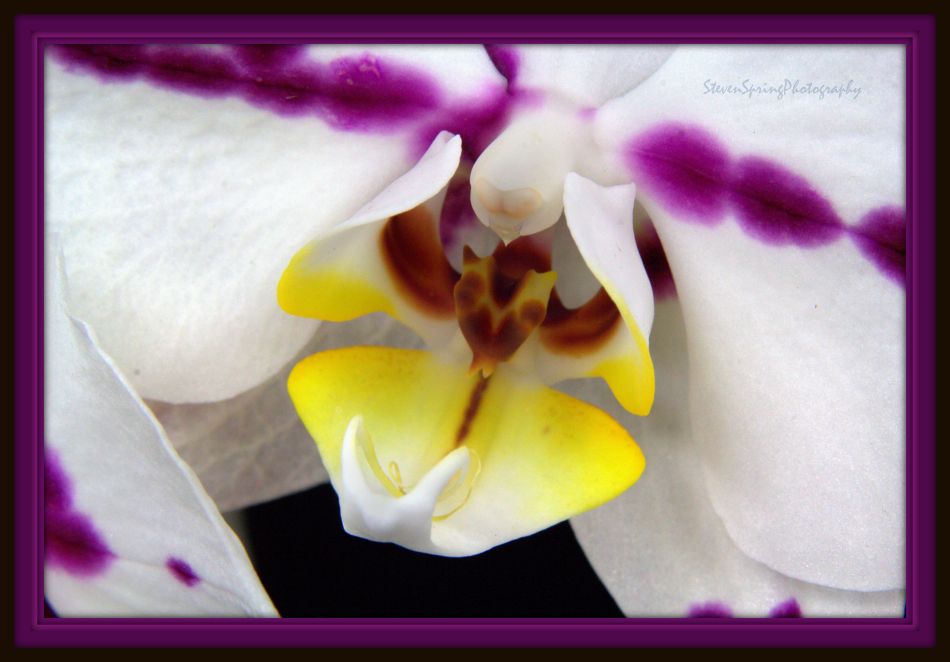Orchids #258AR
Orchids, whose botanical name is Orchidaceae, has more than thirty-five thousand species and as many as three hundred thousand hybrids in its family, making it one of the two largest plant families along with the Asteraceae family, which includes such flowers as Asters, Chrysanthemums, Dahlias, Daisies, Marigolds and Zinnias. In addition to being one of the largest flowering plant families, evidence suggest that Orchids first appeared more than one hundred and twenty million years ago, making this elegant flower also one of the oldest.
Because of the exotic appearance of this flower, I always assumed that the plant had its origins in the tropical regions of the world. However, since getting my first Orchid, I have learned this assumption cannot be any further from the truth. Though many species do grow in the tropics, in locales such as Central and South America, Africa and the Indo-China region, other species are found in our planet’s temperate regions along both sides of the Equator in regions such as the United States, Europe, Russia, China and Australia. Even more interesting is the fact that Orchids are also found growing in rather cold regions of the planet, in places such as Alaska, northern Canada, Greenland, Iceland, Norway, Sweden, Finland and northern Russia. In fact, there are only a few countries in the world in which Orchids do not originate, such as the desert countries of northern Africa and the Mid East, and also the continent of frigid Antarctica. In an interesting note, forty-eight species have been found in the state of Maine, while Hawaii only has three.
All Orchids are considered perennials, and grow via two different methods, monopodial and sympodial. Monopodial Orchids has a central stem, which grows upward on top of its prior growth. The plant’s roots and flower stalks all begin life from that same central stem. Sympodials, in which most Orchids are members of, new growth originates at the base of the prior year’s growing season, resulting in the plant growing laterally.
Due to the immense number of different plants in this family, the blooms of Orchids come in a wide variety of shapes, sizes and colors. Some Orchids produce just a single flower, while other varieties produce multiple blooms. The flowers range in size from a pinhead up to nearly twelve inches wide. They come in all colors except true black, although the most dominant colors are white, yellow, pink, lavender and red, although green and brown are very common as well. Typically, Orchids consist of three sepals, three petals. One of the petals is greatly modified, which forms the flower’s throat and lip. The plant has simple leaves with parallel veins, and they normally alternate on the stem and are often folded lengthwise. The leaves may be either ovate, lanceolate or orbiculate in shape. As far as soil types go, this to me is what makes Orchids very unique from most, if not all other flowers. Some grow in soil; some grow on trees, some on rocks, while others survive on decaying plant matter. One more interesting note is that vanilla favoring comes from the Vanilla Orchid.
The particular type of Orchid shown in these photographs is a Phalaenopsis, which are commonly referred to as a Moth Orchid. If I am fortunate to have you view my photographs and you find the color saturation too much or the color schemes of the mats do not match either themselves or the photograph, please let me know via a comment. Being color-blind, what might look great to me might look like sh*t to everyone else!
Steven H. Spring
Earth
